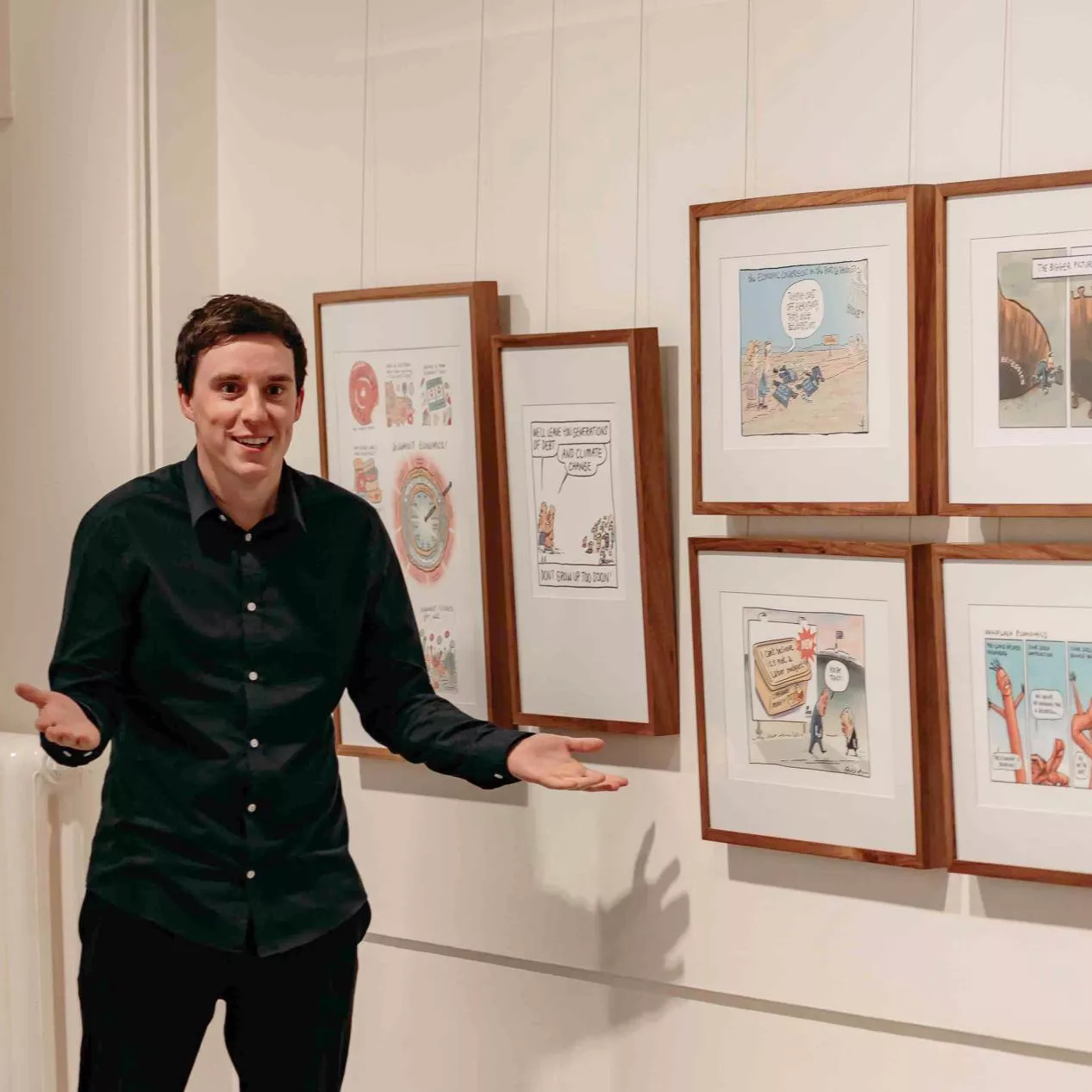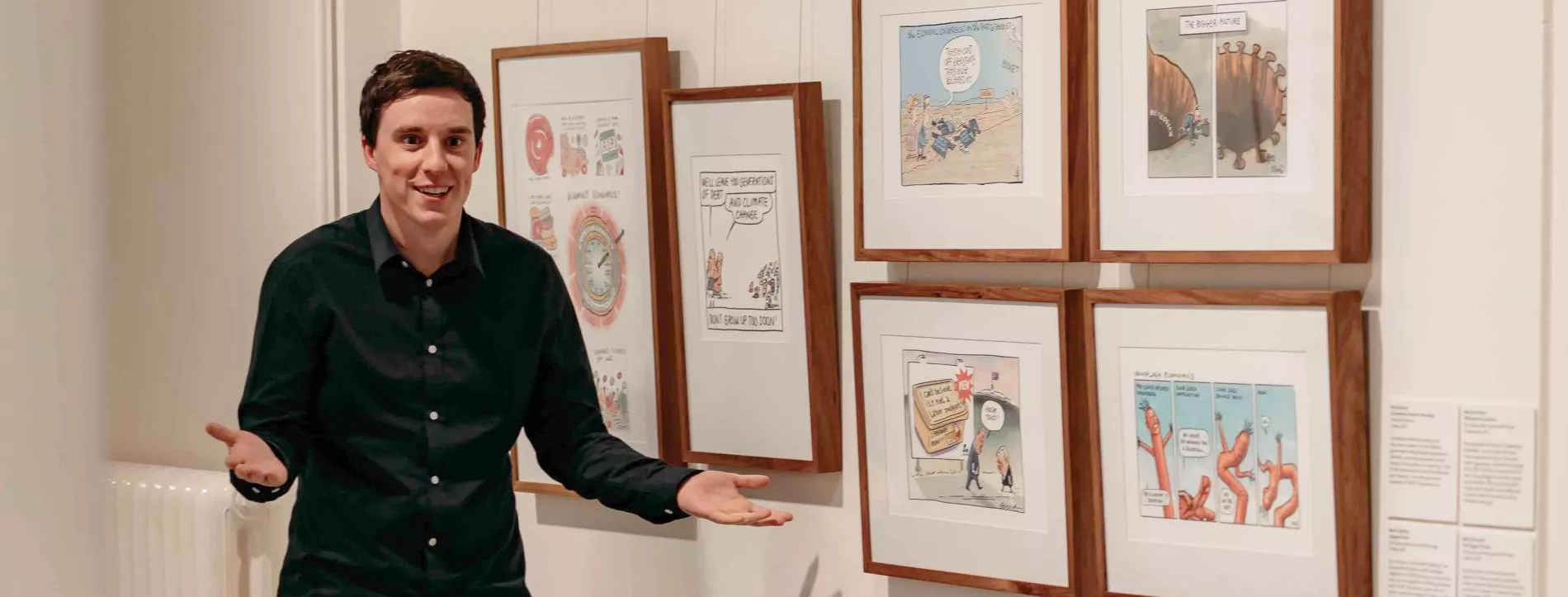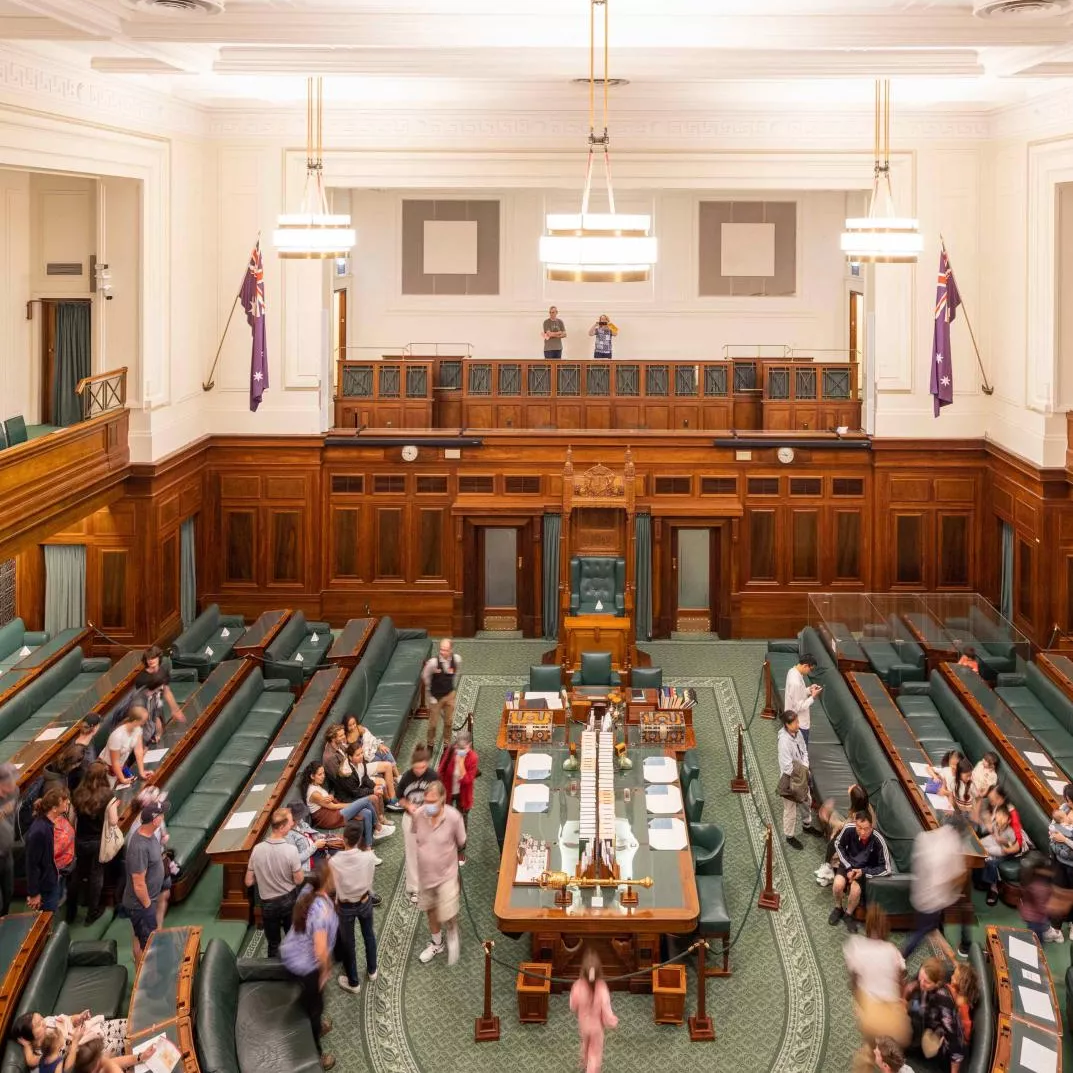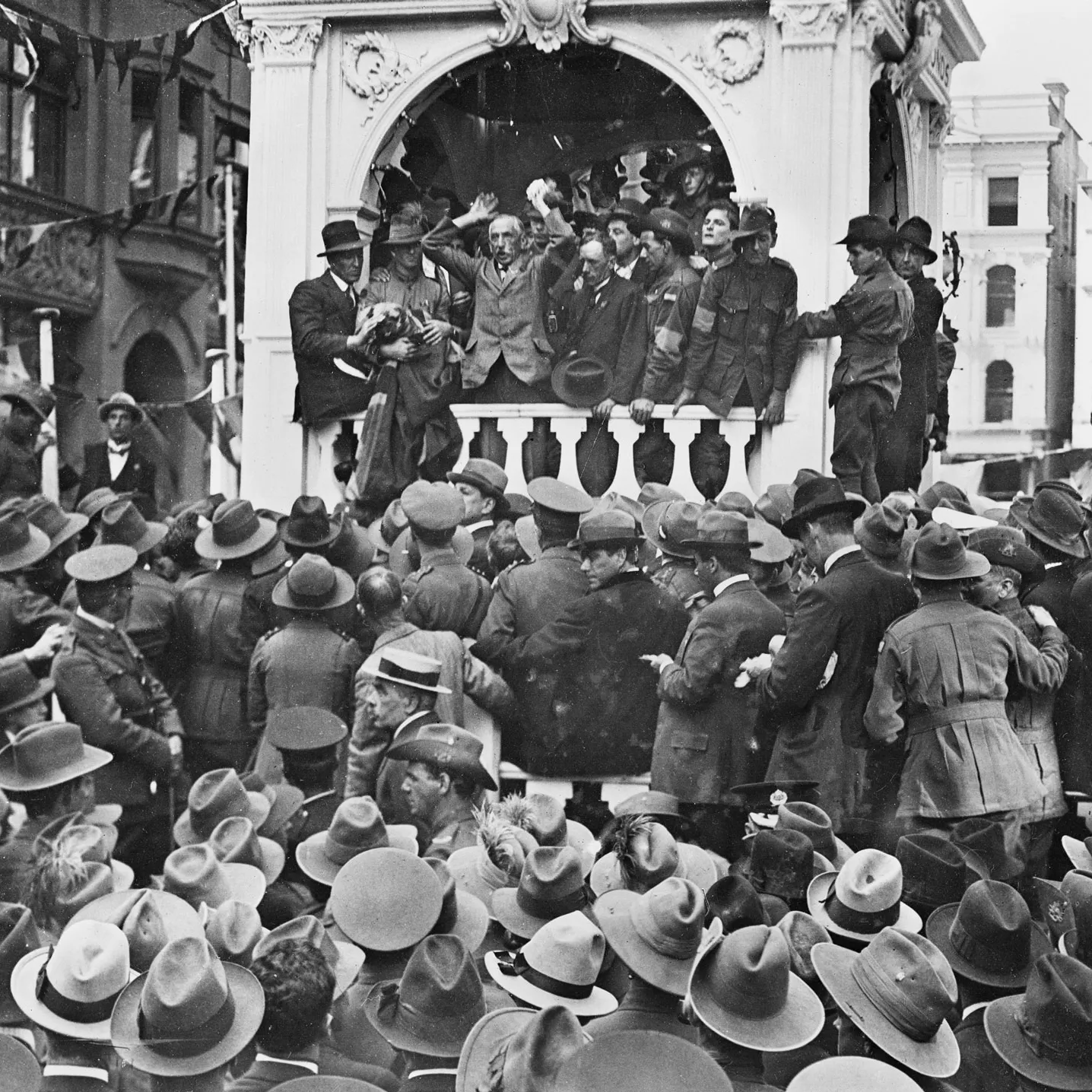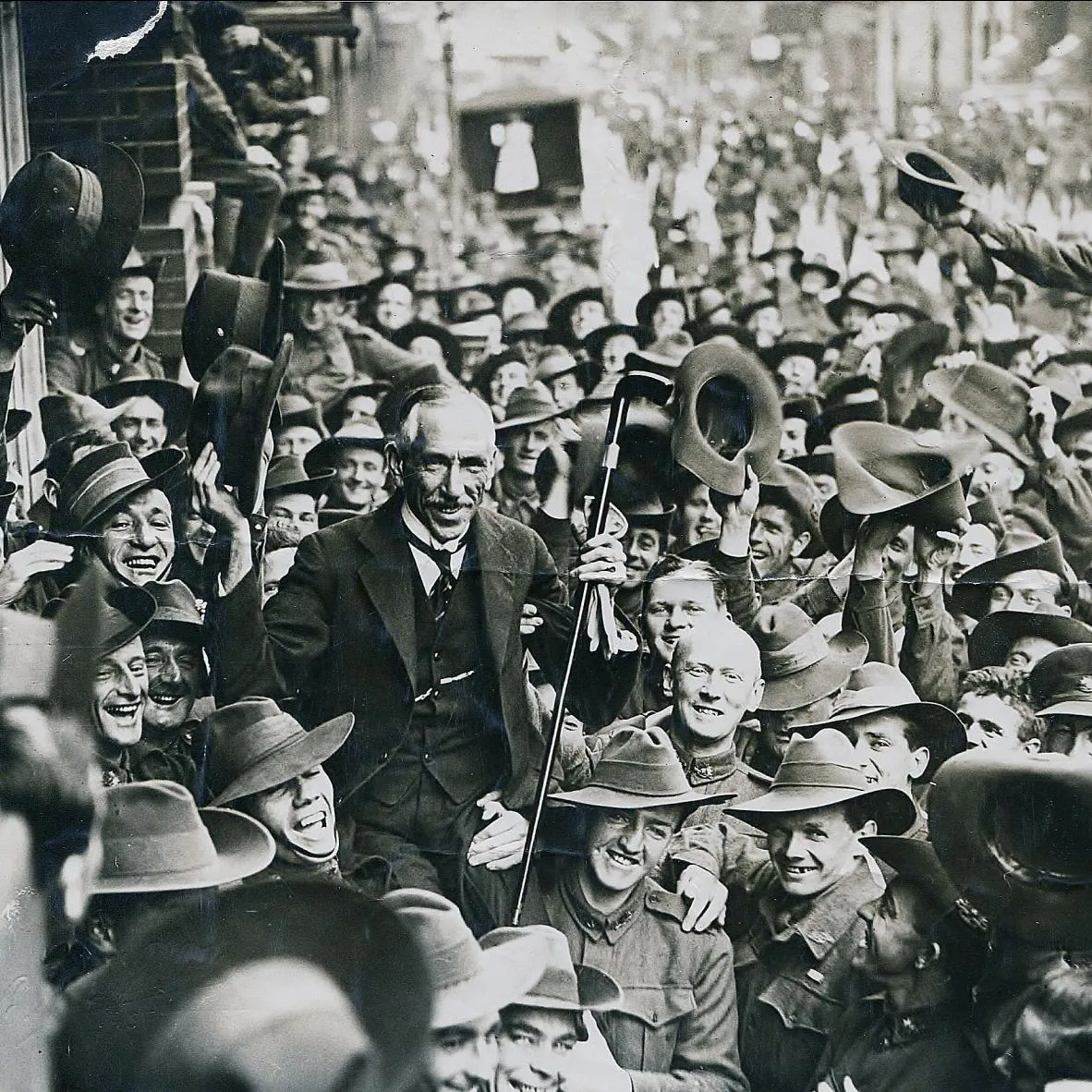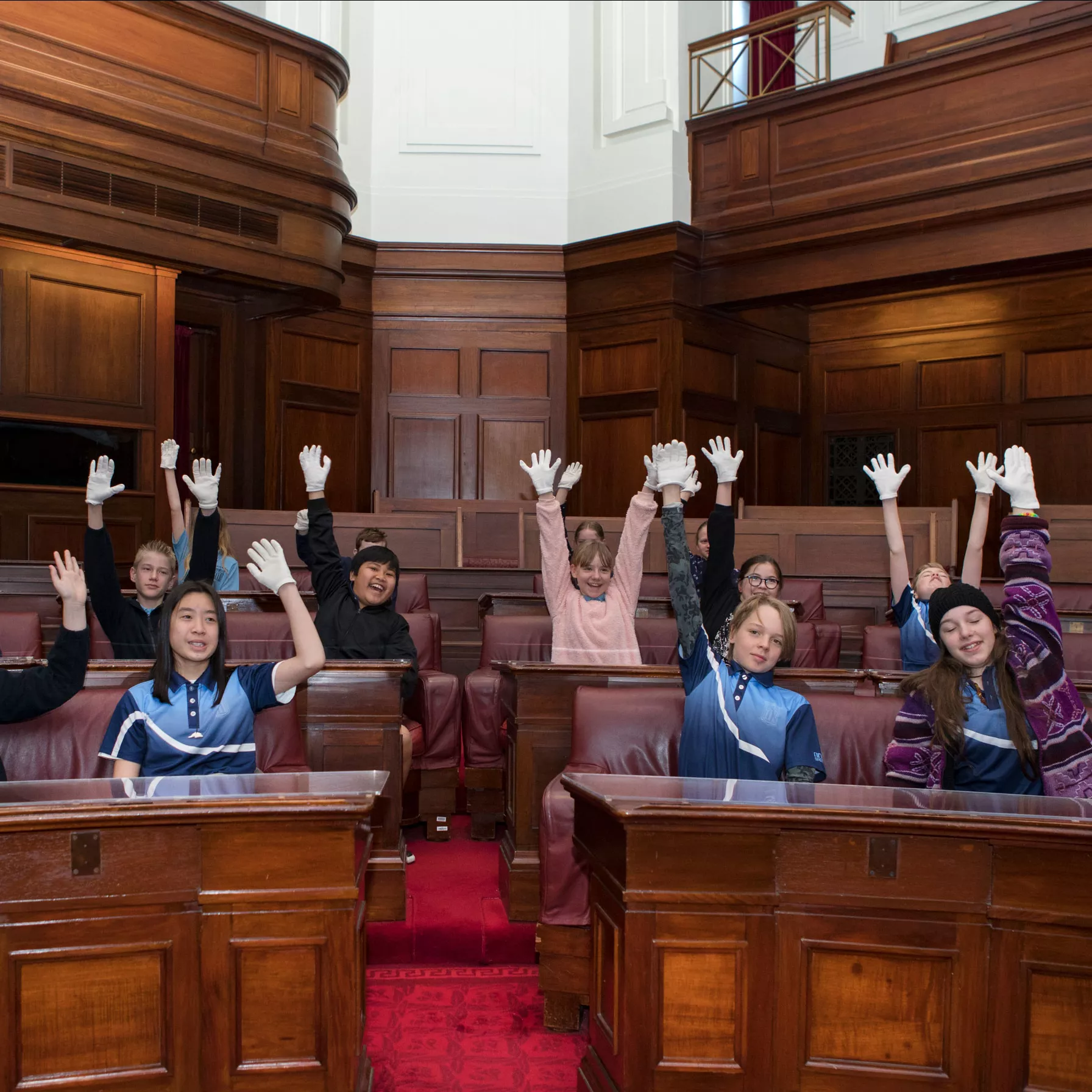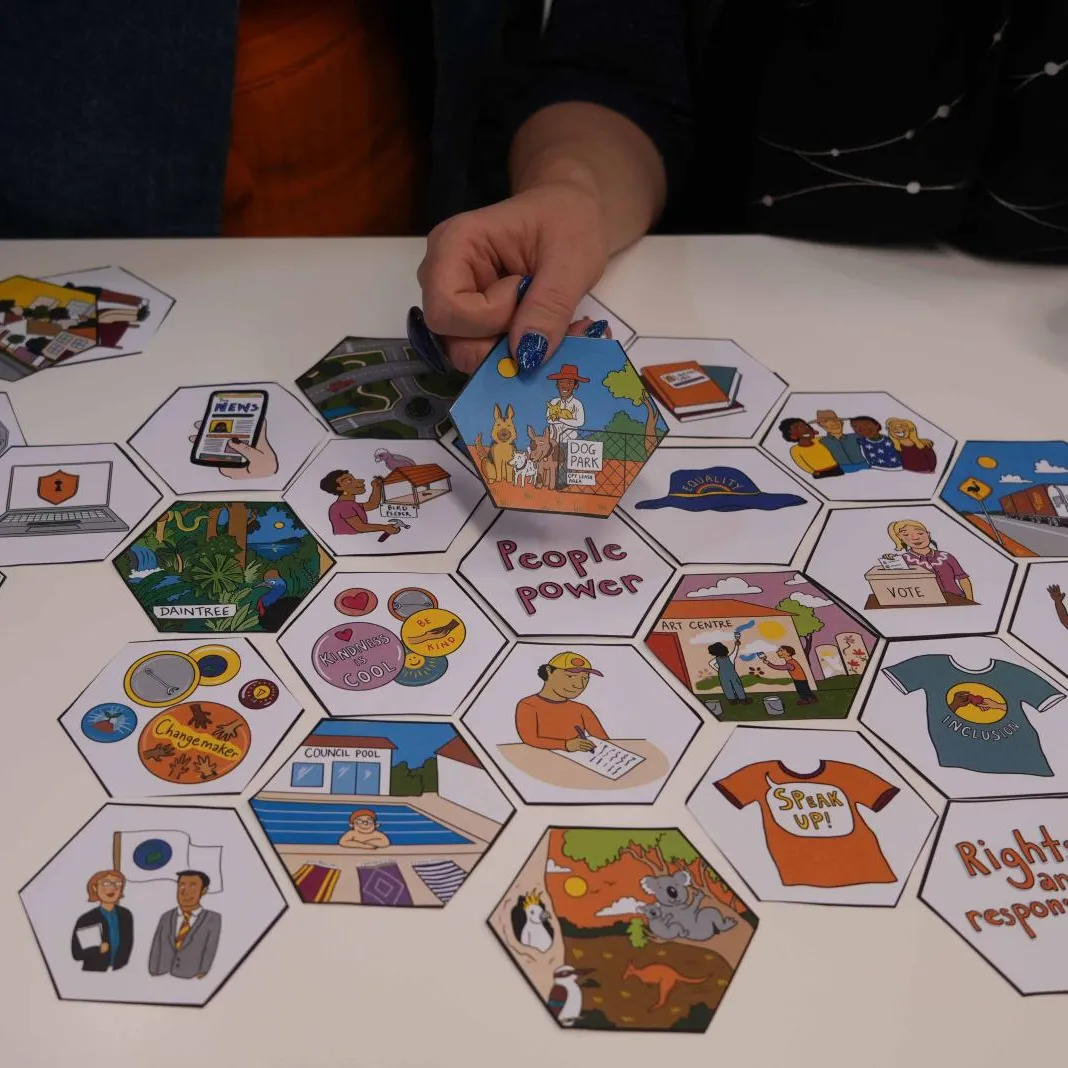Behind the Lines
Curriculum Links:
Years:
5-12
Onsite experience
Cost
$7 per student, accompanying teachers free
Students will participate in a collaborative, hands-on activity to unpack the role of political cartoons and the techniques used to convey meaning. They will develop their media literacy skills and explore how freedom of speech and freedom of expression are exercised within our democracy. Students will:
- explore the role of the media in our democracy
- build media literacy skills by examining current political cartoons for techniques and meaning
- construct a cartoon to consolidate their skills
- consider issues they are passionate about and how they can create positive change.
Key information
All onsite excursions need to be booked in advance. To protect our heritage building, self-guided groups are not permitted.
For information about getting to the museum, facilities, access and supervision ratios visit the Plan a school visit page.
60 minutes
5–30
If you're travelling over 150 km to visit Canberra you may be eligible for the Parliamentary and Civics Education Rebate. Your PACER application must be submitted 3 weeks prior to your visit and you are required to complete a one-hour facilitated program.
We will complete your PACER paperwork after checking how many students attend the program. We're unable to complete this without seeing the group. You will receive an invoice after your visit based on how many students attend the program.
Please email bookings@moadoph.gov.au or call 02 6270 8222 with any changes or cancellations.
Check our Terms and conditions for information about changing or cancelling programs.

